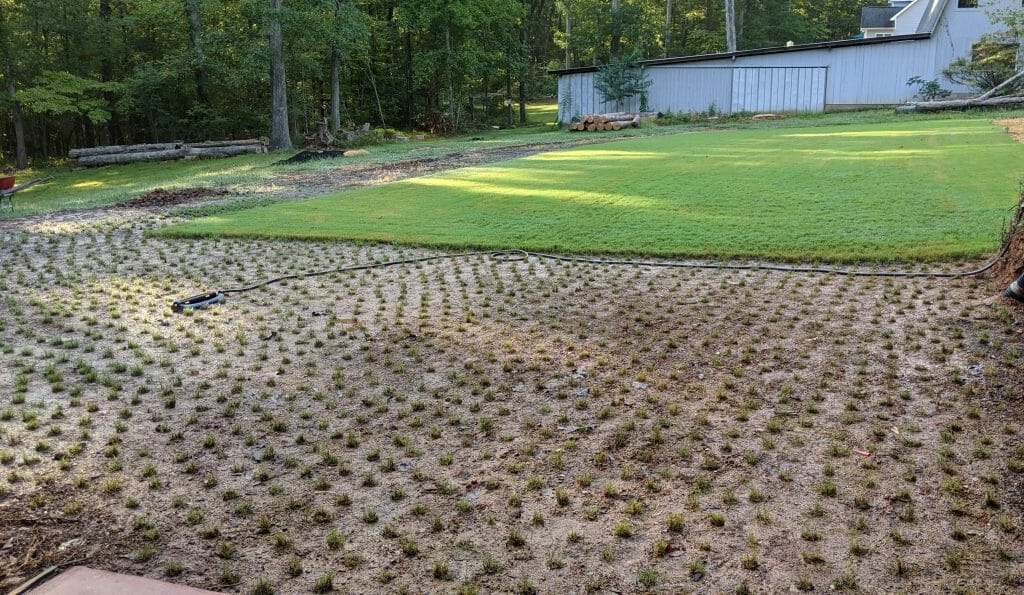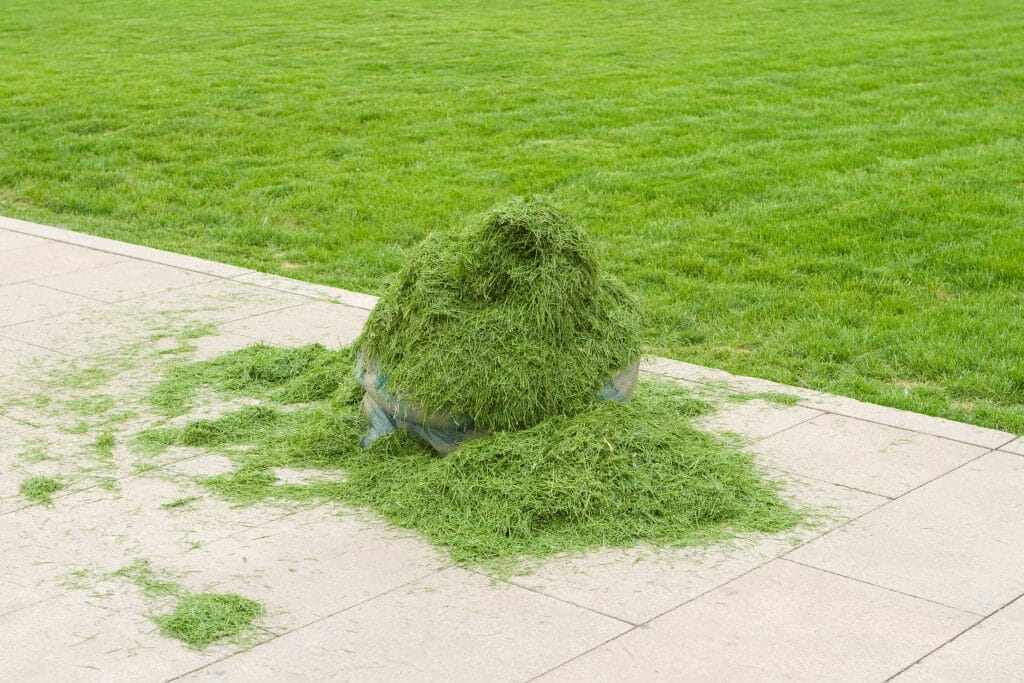
Soil is a magical substance that holds so many elements within it, some that the naked eye can’t even see. It’s no wonder you want to learn more about it.
One of the mysteries of soil is whether or not soil is a living thing or, to put it in scientific terms, biotic. So, is soil abiotic or biotic?
Soil is classified as both abiotic and biotic because it is made up of living and dead animals and insects and nonliving elements like minerals, water, and air.
Your seemingly average garden soil is, in fact, a rich blend of both living and nonliving elements, which is what makes it so special or complex.
This article is going to explain the difference between abiotic and biotic and help you figure out which soil is and why.
What is the Difference Between Biotic and Abiotic?
So, before we can decide whether or not soil is biotic or abiotic, we need to remind ourselves about what these terms mean.
Biotic refers to all living or once-living organisms within an environment. This includes larger creatures like animals and insects, as well as microorganisms like fungi and bacteria.
These organisms have the ability to affect each other and the environments around them through interactions, waste, parasitism, disease, and predation.
Abiotic refers to nonliving physical and chemical elements that form part of an environment. This includes water, light, wind, humidity, minerals, and gasses.
Without abiotic elements, biotic elements would be unable to survive, reproduce, and grow. Biotic elements can experience abiotic elements through touch in the case of wind, humidity, and light, by consuming them in the form of minerals, and inhalation when it comes to gasses.
Now, armed with that knowledge, let’s assess soil and whether it is abiotic or biotic.
Is Soil Biotic or Abiotic?
Soil is a rare substance that is both abiotic and biotic. It contains living and deceased living things as well as nonliving elements.
Without both of these elements, the soil would not be able to sustain life in the way that it does. The abiotic factors serve to feed and maintain the biotic factors, which then work together to feed other plants and animals in the environment.
For example, minerals are abiotic, and there are many forms present in the soil. Of these minerals, calcium, magnesium, and phosphorus are essential for plants, which are biotic creatures.
Soil is made up of minerals, organic matter, water, air, and minerals. Some of these elements are biotic, while others are abiotic. However, all factors are needed for soil to be blanched and suitable for plants to live in.
Let’s break down which of the soil’s components are biotic and which are abiotic:

Is Dirt Abiotic or Biotic?
Soil, or as some folks casually call it, “dirt,” is pretty fascinating stuff. It’s like the ultimate mix of living and non-living things that make life on land possible.
Abiotic Ingredients of Soil:
- Minerals: These are the non-living bits of soil and come in all sorts of flavors like calcium, magnesium, and phosphorus. Plants, which are the living members of the soil club, absolutely need these minerals to grow big and strong.
- Water: Soil is like a sponge; it soaks up water and holds onto it. This water is a big deal because plants and critters in the soil rely on it to stay hydrated, and it’s where they find dissolved nutrients to munch on.
- Air: Yep, even air is part of the soil scene. The spaces between the soil particles have air in them. This is essential because plant roots and tiny soil organisms need oxygen to survive. It’s like the soil’s way of giving everyone a breath of fresh air.
Living Crew of Soil:
- Microorganisms: Now, this is where the party really gets started. Soil is bursting with life, thanks to microorganisms like bacteria, fungi, and other tiny creatures. They’re like the cleanup crew of the soil, breaking down dead stuff and recycling nutrients. Some even team up with plants to help them eat better.
- Macroorganisms: These are the bigger soil residents, like earthworms, nematodes (tiny worms), insects, and little mammals. Earthworms are the real MVPs here; they dig tunnels and chow down on organic matter, making soil a better place for everyone.
- Plant Roots: Yep, even plants are part of the soil gang. Their roots release special stuff into the soil called root exudates, which feed the microorganisms and change the chemistry of the soil. Plus, their roots hold the soil together and stop it from washing away when it rains.
So, what’s the deal with all these living and non-living things in soil? Well, they’re like one big happy family. The minerals and water give plants the nutrients and hydration they need to grow. In return, plants release those root exudates and bits of themselves into the soil, feeding the microorganisms. It’s like a big nutrient exchange program.
And those microorganisms? They break down dead stuff and release nutrients, making it easier for plants to grab a snack. Plus, the macroorganisms, like earthworms, keep the soil nice and airy, so everyone can breathe easy.
In short, soil is like a bustling community where everyone plays a part in keeping the Earth green and healthy. It’s a delicate balance, and understanding how it all works is crucial for taking care of our planet.
Biotic Elements
The living organisms present in soil are made up of plants, animals, and microorganisms.
The animals can range from tiny insects and earthworms to burrowing mammals like moles and gophers. Although they are only present in the soil temporarily, these creatures play a huge part in keeping soil healthy and aerated, and soil would not be the same without them.
Apart from these larger organisms, there are also microorganisms present in the soil that are too small to see with the naked eye. This includes bacteria and fungi that can be helpful or harmful. They play a crucial role in keeping the soil nutritious for your plants.
However, it’s not just the living creatures that make soil biotic. Any creature or plant that has died and broken down to become part of the soil is also considered to be biotic. As long as they were once living, they are biotic.
This organic matter can become part of the soil through slow decomposition or be added to the soil through compost or worm castings.
Abiotic Elements
The biotic elements of soil are the minerals, air, and water that make up the bulk of the soil.
The minerals are produced by the weathering effects on rocks that accumulate over time. For this reason, the types of minerals and the quantity present in the soil change depending on your location, the local climate, and the type of rock present in that area.
Air and water are biotic factors essential for all biotic organisms’ survival. In the soil, air helps aerate the soil to prevent compaction and give roots space to grow while the water is taken in by the plants growing in the soil.
Minerals that are lacking in your soil can be balanced by using soil amendments like phosphorus, calcium, and magnesium.
Frequently Asked Questions:
What is an example of something abiotic?
Some examples of abiotic factors include water, minerals, air, and ocean currents. Specific examples would be the ocean, rocks, and wind.
What is an example of something biotic?
Humans, animals, and insects are all examples of biotic substances.
However, diseased animals, insects, and bacteria wil also classify as biotic.
Is sand biotic?
Although soil, even sandy soil, is both biotic and abiotic, what about pure sand itself?
Sand is made up of broken-up rocks and pieces of silica that have been worn down to small particle sizes. This makes sand on its own an abiotic factor.
Conclusion
Since soil is a complex substance, it’s not surprising that the question of whether or not it is biotic or abiotic is complicated.
Soil classifies as biotic and abiotic at the same time because it contains both living and nonliving elements.
We hope this has helped clear up this confusing question and taught you something new about the little wonders hidden in our soil.
Sources:
https://education.nationalgeographic.org/resource/soil-composition


